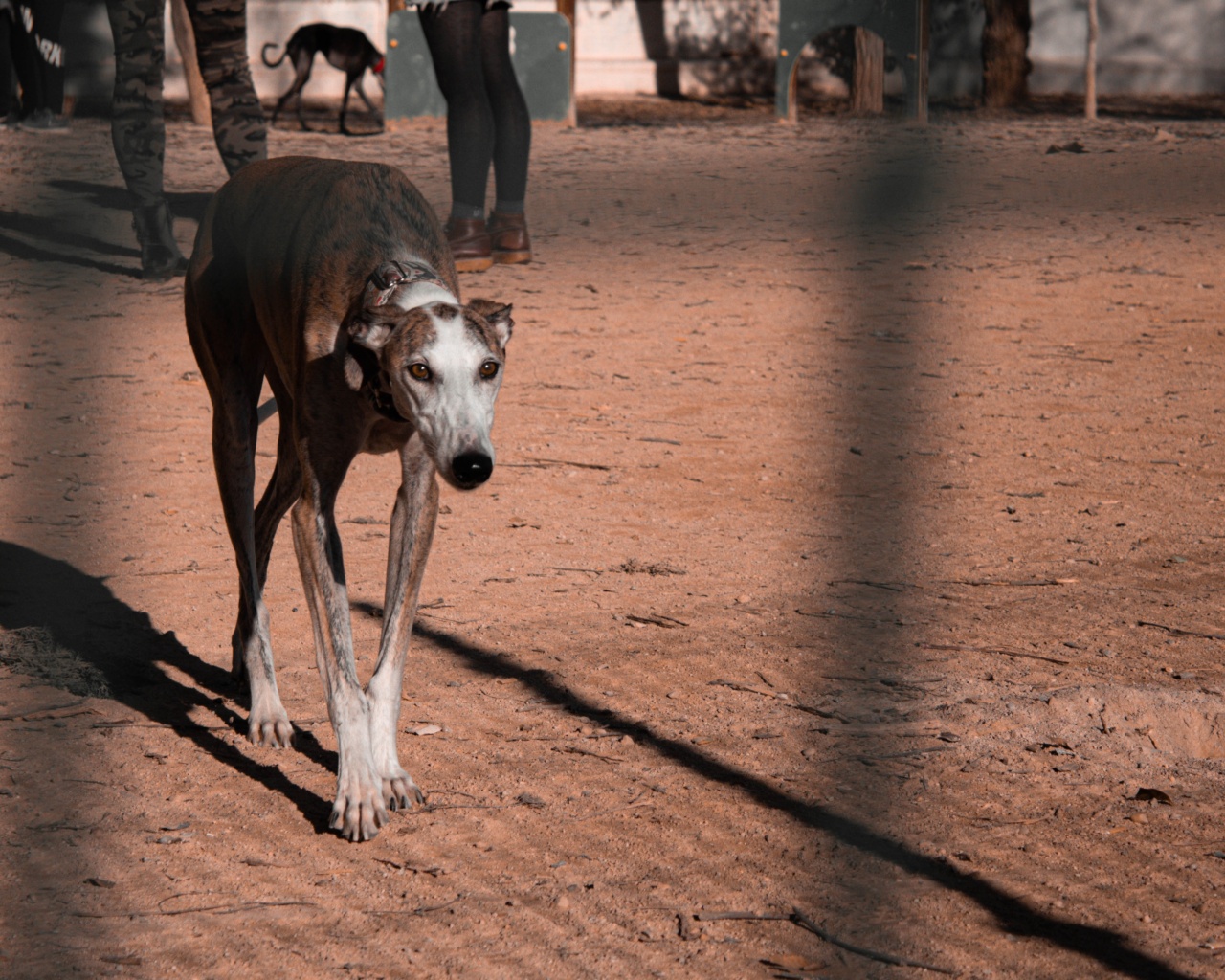Dogs are often considered as man’s best friend. They are loyal, affectionate, and highly trainable. However, owning a dog comes with a great responsibility, and one of the major responsibilities is to train your dog.
Training a dog not only helps in establishing a good bond between you and your furry friend, but it also ensures their safety and good behavior. Here are some ways to train your dog to behave:.
1. Positive Reinforcement
Positive reinforcement is one of the most effective ways to train your dog. Positive reinforcement involves rewarding your dog for good behavior, such as obeying commands or performing tricks. Rewards can be in the form of treats, toys, or praise.
This method encourages your dog to repeat the good behavior, as they associate the behavior with a positive outcome. It is important to use treats or rewards that your dog loves, and to praise them in a happy tone of voice when they perform the desired behavior.
2. Consistency
Consistency is key when it comes to training your dog. Dogs learn best through repetition, so it is important to be consistent in your training methods.
For example, if you are trying to teach your dog to sit, use the same command every time, such as ‘sit.’ Similarly, if you are trying to discourage a particular behavior, such as jumping, make sure everyone in the family is using the same commands and reinforcing the same boundaries. This will prevent confusion for your pet and help them to understand more easily.
3. Patience
Training your dog requires patience. It is important to remember that dogs do not learn overnight, and training can take time.
It is important to be patient with your dog and not get frustrated if they don’t understand a command or behavior on the first try. Consistency and positive reinforcement will help your dog learn over time, but it is important to remain patient throughout the process.
4. Socialization
Socialization plays a critical role in your dog’s behavior and development. It is important to expose your dog to a variety of environments, people, and other dogs while they are still young.
This will help them to become more comfortable and confident in different situations, making them less likely to bark, growl or become aggressive. Socialization can also help to reduce anxiety or fear in your dog, making them easier to train and handle.
5. Exercise
Regular exercise is important for your dog’s physical health, but it can also help to improve their behavior. A tired dog is less likely to engage in destructive or unwanted behavior.
A daily walk or run can help to release energy and reduce stress, making it easier to focus during training sessions. Exercise can also help to improve your dog’s mood and mental well-being, making them more responsive to training and commands.
6. Start Early
Starting training sessions when your dog is still young can be very beneficial. Younger dogs are more receptive and adaptable to learning, making it easier to establish good behavior early on.
Puppy training classes can be very helpful in establishing good habits and teaching your dog obedience basics. Consistent training when young will help establish life-long good behaviors.
7. Boundaries
Setting boundaries for your dog can be helpful in preventing unwanted behaviors. Boundaries can be established through the use of physical barriers or through commands.
For example, if you don’t want your dog to jump on furniture, use commands such as “off”. If your dog is prone to chewing on household items, use physical boundaries like baby gates to keep them from areas of the house. These boundaries help to establish good habits and prevent destructive behaviors, while encouraging positive habits.
8. Understand Your Dog’s Breed and Temperament
Understanding your dog’s breed and temperament can be very helpful when it comes to training. Different breeds will have different training needs and tendencies.
For example, some breeds like German Shepherds tend to be protective of their family and may require more socialization. Chihuahuas are known to bark more than other breeds, so teaching ‘quiet’ commands becomes more important, and can be trained specifically to reduce barking.
Understanding your dog’s temperament and breed can help you tailor your training methods in a way that is most effective for their learning style.
9. Use Verbal and Physical Cues
Using verbal and physical cues can be helpful in establishing good behavior. Verbal cues are the words or commands you use to get your dog to perform a specific behavior, like ‘sit’ or ‘stay’.
Physical cues are the hand signals you use to reinforce your verbal cues. These cues can be very effective in establishing good habits and preventing undesirable behavior.
10. Professional Training
If you are having difficulty training your dog or feel overwhelmed, professional training may be a good option for you. A professional dog trainer can provide more specialized and personalized support, especially if in-person classes are available.
Often they can help you address specific areas of concern and give you hands-on feedback on your training style.
Conclusion
Training your dog to behave is a necessary responsibility that comes with owning a dog.
Using positive reinforcement, consistency, patience, socialization, exercise, and understanding your dog’s unique temperament and breed can all help you establish good habits and prevent unwanted behavior. Remember, good dog training requires time and patience, but the results are well worth the effort.
























